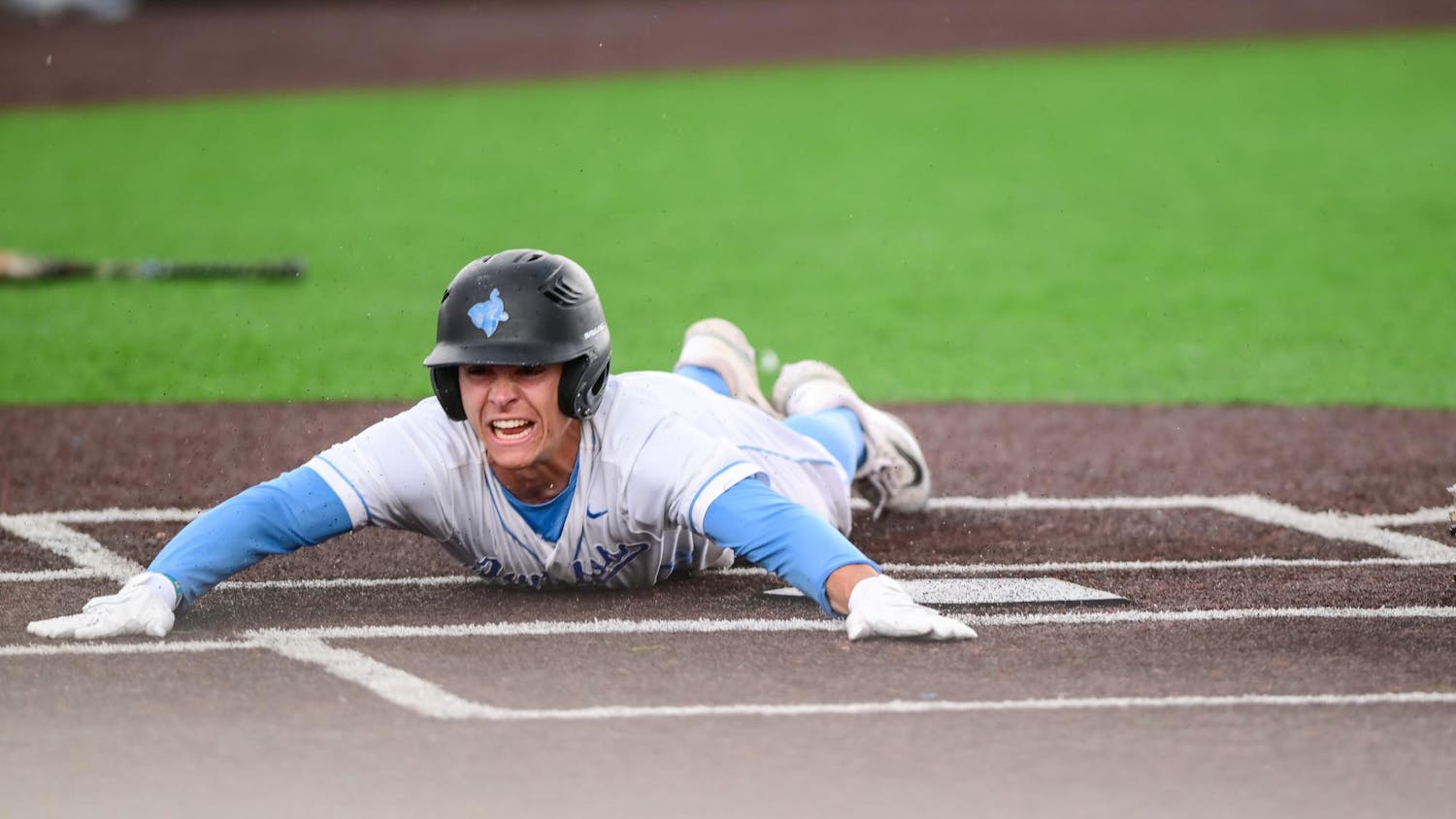Major League Soccer launched the Development Academy in 2007, a program intended to provide unprecedented access to premier coaching, facilities and professionalism to young players. The idea was to make players better so that they could compete in MLS and in Europe.
In a perfect world, MLS teams would invest in their Academy, develop quality players and sell them to European teams for a tidy profit. MLS teams could then continue to invest in their academies or buy better first-team players — probably some of both. After all, that’s how the rest of the world’s selling leagues operate.
Ulysses Llanez is a good example. He joined the Los Angeles Galaxy’s academy in 2014 when he was 13 years old. With the Galaxy, Llanez benefited from the extensive coaching staff and top-notch soccer environment. He even attended the Galaxy’s own high school that’s just minutes away from the state-of-the-art training facilities where he honed his skills for years.
The investment paid off — for Llanez. He rejected offers to join LA Galaxy’s first team; instead, in October 2018, he signed with Wolfsburg, a Bundesliga team. He’s tearing it up for the U19 team, closer to his goal of first-team minutes and the accompanying salary.
How did the investment turn out for the Galaxy? Not so well. Llanez left the Galaxy for free. U.S. labor laws restrict the employment of children under 16, and because he refused to sign for the Galaxy after he turned 16, he was free to sign with whoever he wanted. European teams love this relationship: there’s no risk involved when a team signs a player for free. If he flops, he flops — no skin off their back.
In this regard, MLS teams are at a serious disadvantage to their European counterparts. MLS teams receive no return on their investment. As MLS commissioner Don Garber stated earlier this year, “I don’t know how we can justify making the kind of investments that we’ve been making [without compensation].”
MLS has improved its stance on FIFA’s solidarity payments. In April of this year, Garber announced that MLS teams will begin to claim solidarity payments if players sign to foreign teams. Using Llanez as an example, if he were to leave Wolfsburg for Real Madrid for $1 million, a 5% fee would be added on and distributed to each club that developed him. The Galaxy would then receive some cash for developing Llanez.
Ironically, solidarity payments may impede future players' development in the long run. Would Wolfsburg have bought Llanez if he wasn’t free? Maybe, maybe not. The financial risk would have been higher because Wolfsburg would have had to pay the Galaxy for him.
Instead, at the expense of MLS academies, European teams can take low-risk chances on Americans; thus, young players like Llanez can make it into Europe more easily — a career move that prepares him better for a future with the U.S. Men’s National Team.
European teams won’t entirely lose interest if they have to pay up. That's how it works everywhere else, anyway. MLS teams aren’t shutting down their academies, either. The leverage of these stakeholders may rise and fall as rules change, but there is one silver lining: American players are getting better. Of that, there is no doubt nd that's exciting.
More from The Tufts Daily





